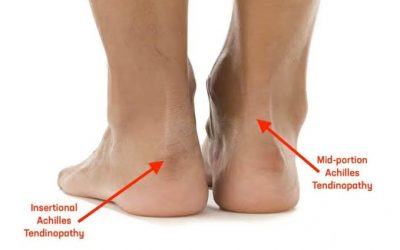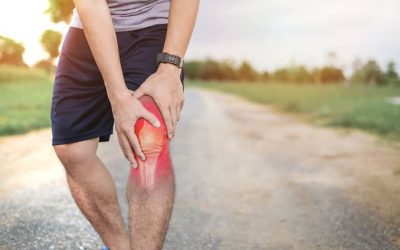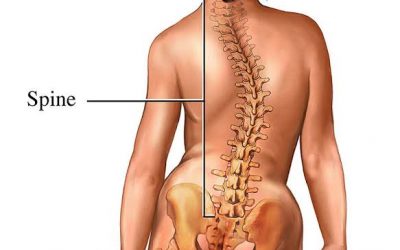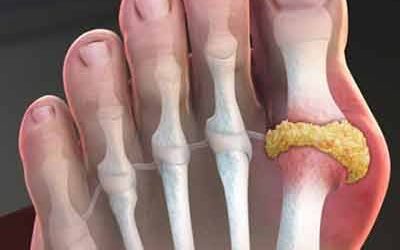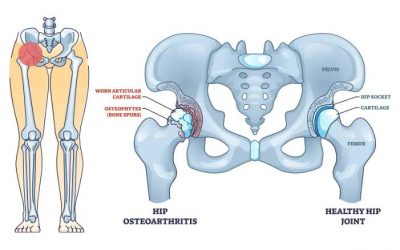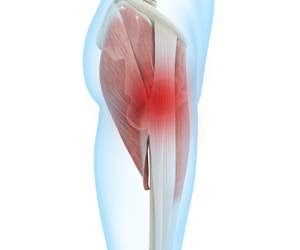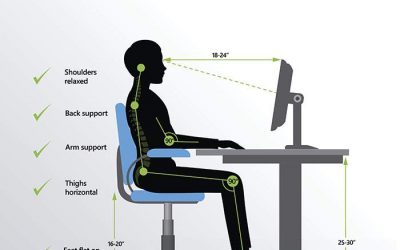plantar fasciitis
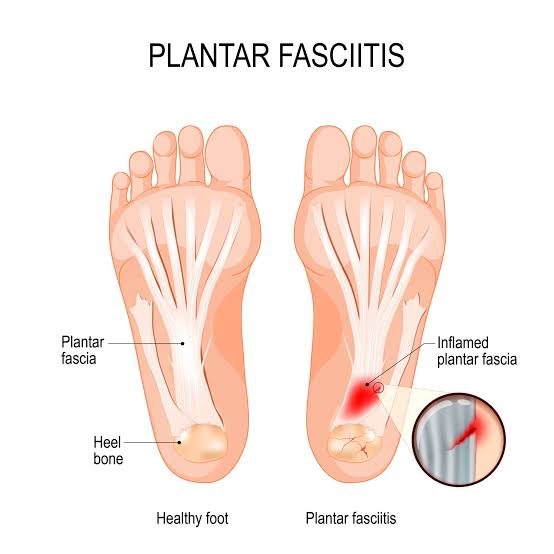

What is plantar fasciitis?
Plantar fasciitis causes pain in the bottom of the heel. The plantar fascia is a thick, weblike ligament that connects your heel to the front of your foot. It acts as a shock absorber and supports the arch of your foot, helping you walk.
Plantar fasciitis is one of the most common orthopedic complaints. Your plantar fascia ligaments experience a lot of wear and tear in your daily life. Too much pressure on your feet can damage or tear the ligaments. The plantar fascia becomes inflamed, and the inflammation causes heel pain and stiffness.
What causes plantar fasciitis?
Anything that irritates or damages your plantar fascia can cause plantar fasciitis, including:
- Being on your feet all day for work.
- Playing sports.
- Exercising or working on a hard surface (like a warehouse floor or the sidewalk).
- Exercising without stretching or warming up.
- Wearing shoes that don’t support your feet well enough (like flip flops or flat, flexible sneakers).
- Walking or standing barefoot while you’re at home.
Some health conditions can cause plantar fasciitis, including:
- High arch fee.
- Flat feet
- Obesity (or gaining more than 15 pounds in a few months).
What are the primary symptoms of plantar fasciitis?
- Pain on the bottom of the foot, near the heel. This is the most prevalent and telltale sign of plantar fasciitis. This pain can be a dull ache or a sharp, stabbing sensation. The arch along the bottom of the foot may also ache or burn.
- Severe heel or foot discomfort after getting out of bed in the morning, or after extended periods of rest. This pain tends to subside after a few minutes of walking.
- Heel or foot pain that tends to worsen after physical activity but is not typically experienced during exercise. Climbing stairs can be particularly painful.
- Tenderness when touching the affected area, especially near the heel.
- Stiffness in the foot is common, particularly upon waking up or after prolonged periods of sitting. This stiffness can make it difficult to walk comfortably.
Risk factors
You’re at a greater risk of developing plantar fasciitis if you:
- are overweight or have obesity, This is due to the increased pressure on your plantar fascia ligaments, especially if you have sudden weight gain.
- are a long-distance runner.
- have an active job where you are often on your feet, such as working in a factory or being a restaurant server.
- have structural foot issues, such as high arches or flat feet.
- have tight Achilles tendons, which are the tendons attaching your calf muscles to your heels.
- often wear shoes with soft soles and poor arch support.
How do doctors diagnose plantar fasciitis?
Plantar fasciitis is diagnosed based on your medical history and physical exam. During the exam, your health care professional will check for areas of tenderness in your foot. The location of your pain can help determine its cause.
Imaging tests
Usually no tests are needed. Your health care professional might suggest an X-ray or MRI to make sure another problem, such as a stress fracture, is not causing your pain.
Sometimes an X-ray shows a piece of bone sticking out from the heel bone. This is called a bone spur. In the past, these bone spurs were often blamed for heel pain and removed surgically. But many people who have bone spurs on their heels have no heel pain.
How is plantar fasciitis treated?
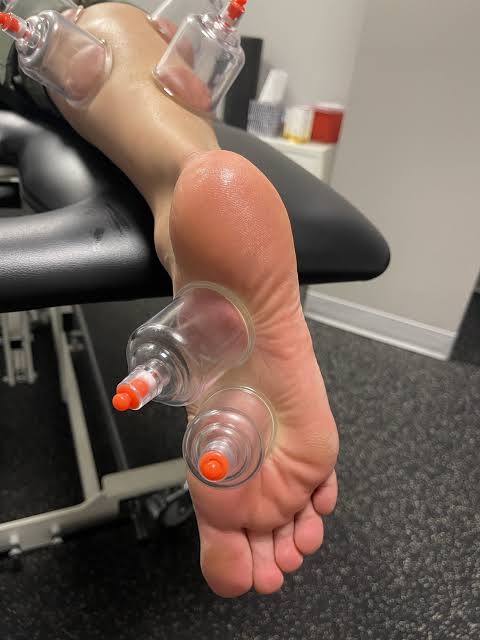
The most common treatments for plantar fasciitis include:
- Over-the-counter NSAIDS: NSAIDs (like aspirin, ibuprofen and naproxen) reduce pain and inflammation. Don’t take NSAIDs for more than 10 days in a row without talking to a healthcare provider.
- Rest: Take a break from playing sports or participating in the activity that caused the plantar fasciitis for at least a week (if possible).
- Icing your foot: Ice your foot for 10 to 15 minutes, twice a day. Cover a frozen water bottle in a thin towel to protect your skin, then roll it along the bottom of your foot to massage the inflammation.
- Wearing supportive shoes: Wear sturdy, well-cushioned shoes. Don’t wear sandals, flip-flops or other flat shoes without built-in arch support. Don’t walk with bare feet.
- Orthotics or shoe inserts: You can add inserts into your shoes that add extra arch support. Your provider will suggest either pre-made inserts you can buy over-the-counter or custom-made orthotics that are molded to the exact shape of your foot.
- Immobilization: Wearing a walking boot (sometimes called a walking cast or a pneumatic cam walker) for a few weeks will hold your foot in place and take pressure off your plantar fascia. Your provider will tell you how long you’ll need to wear a boot.
- Massaging and stretching: Your provider or a physical therapist will show you stretches and massage techniques you can perform on your foot and calf muscles.
- Corticosteroids:Corticosteroids are anti-inflammatory medicines. Your provider might inject a corticosteroid (like prednisone) into your plantar fascia.
- Platelet rich plasma:PRP is usually injected to heal and repair injuries.
- Extracorporeal pulse activation technology (EPAT): EPAT is a form of shockwave therapy. Your provider will apply concentrated acoustic waves (sound waves) to increase blood flow to your plantar fascia. This encourages it to heal faster.
- Percutaneous needle tenotomy: During a percutaneous tennotomy, your provider will poke a needle through your skin into your plantar fascia. Your body sends more blood than usual to the area, which will stimulate your plantar fascia’s ability to repair itself.
Lifestyle and home remedies
To reduce the pain of plantar fasciitis, try these self-care tips:
- Maintain a healthy weight. Extra weight can put extra stress on your plantar fascia.
- Choose supportive shoes. Buy shoes with a low to moderate heel, thick soles, good arch support and extra cushioning. Don’t wear flats or walk barefoot.
- Don’t wear worn-out athletic shoes. Replace your old athletic shoes before they stop supporting and cushioning your feet.
- Change your sport. Try a low-impact sport, such as swimming or bicycling, instead of walking or jogging.
- Apply ice. Hold a cloth-covered ice pack over the area of pain for 15 minutes three or four times a day to help reduce pain and swelling. Or try rolling a frozen bottle of water under your foot for an ice massage.
- Stretch your arches. Simple home exercises can stretch your plantar fascia, Achilles tendon and calf muscles.
